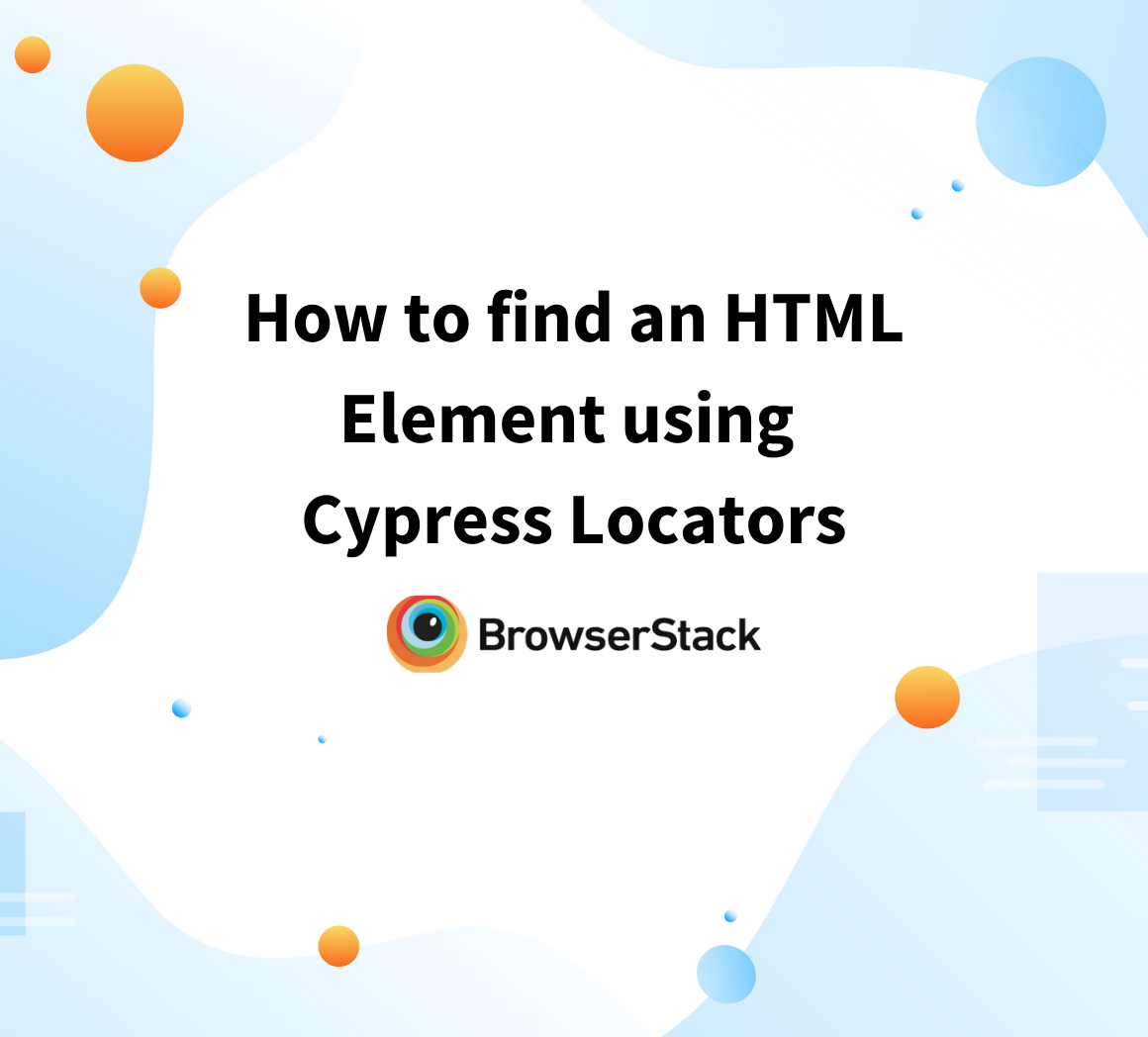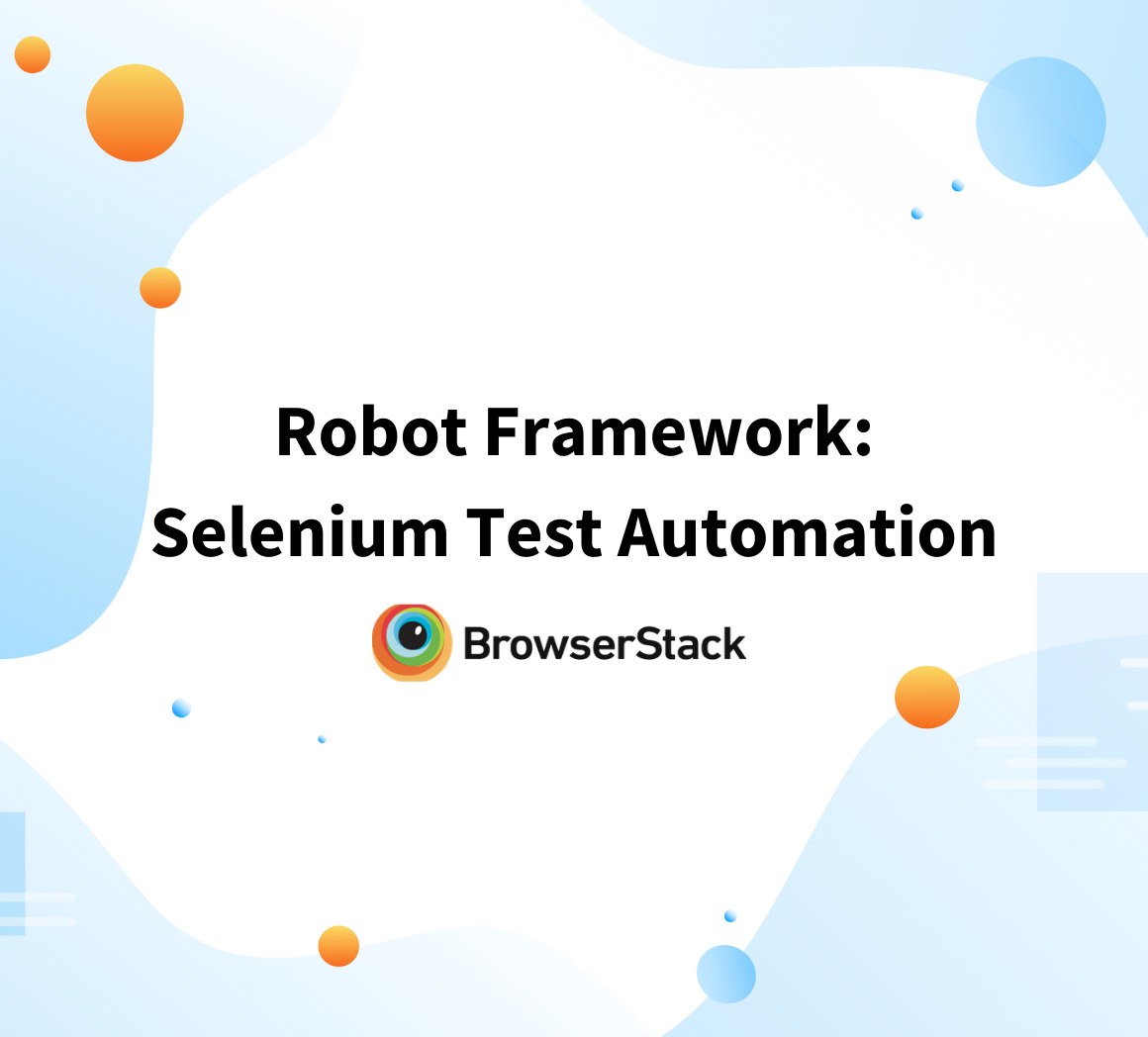

Step 1: Add Selenium Webdriver NuGget package. Let us set up a simple selenium script to perform a search with keyword BrowserStack in Google. BrowserStack’s cloud Selenium grid of 3000+ real browsers and devices allows testers to automate visual UI tests in real user conditions. Remember that Selenium tests must be run on a real device cloud to get accurate results.
#BROWSERSTACK SELENIUM DRIVERS#
Choose your buildIdentifier format from the available expressions: Having created the C and NUnit Project, users need to add Selenium libraries and browser-specific drivers for End to End testing automation. Try running the code detailed above to set the proxy for Chrome using Selenium WebDriver.

Prepend the top level suite title to the BrowserStack Automate session name.Īutomatically set the BrowserStack Automate session name.Īutomatically set the BrowserStack Automate session status (passed/failed).īuildIdentifier is a unique id to differentiate every execution that gets appended to buildName. Do not append the test title to the BrowserStack Automate session name.ĭefault: false sessionNamePrependTopLevelSuiteTitle Useful when running in parallel with wdio-cucumber-parallel-execution.Ĭustomize the BrowserStack Automate session name format.ĭefault (Cucumber/Jasmine): (config, capabilities, suiteTitle) => suiteTitleĭefault (Mocha): (config, capabilities, suiteTitle, testTitle) => suiteTitle + ' - ' + testTitle sessionNameOmitTestTitle Set the BrowserStack Automate session name to the Scenario name if only a single Scenario ran. You can set your config in the following manner if you do not want to run tests on BrowserStack Automate or App Automate (infrastructure) but still want to use Test Observability (note that user and key are now defined under the scope of the browserstack service):Ĭucumber only. You could be running your tests on CI or on your laptop or even on other cloud service providers like Sauce Labs, Test Observability could still work and give you all the intelligent test reports and advanced analytics. You can use Test Observability even if you do not want to run your tests on the BrowserStack infrastructure. You can visit the Test Observability dashboard after running your tests and also choose to disable it by setting the key to false. You can read more about the advanced reporting and analytics functionalities of Test Observability and also read about how it works.

testObservability īy default, testObservability is also enabled when you use the browserstack-service.


 0 kommentar(er)
0 kommentar(er)
